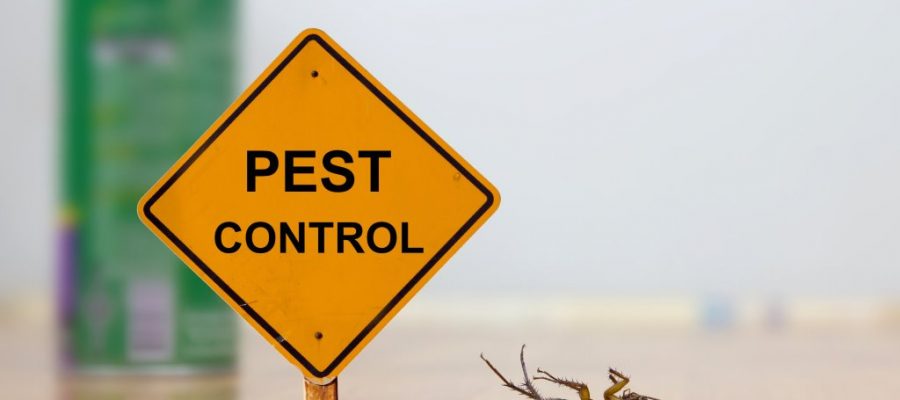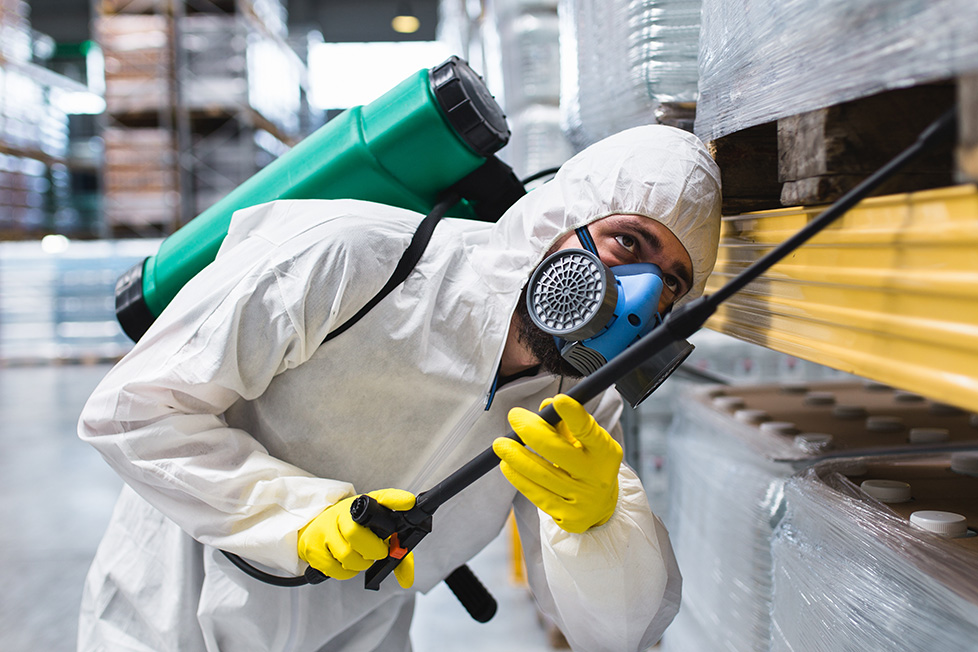Pest Control solutions to keep your space pest-free from harmful insects.
Eco-Friendly Insect Control Approaches for Taking Care Of Wildlife in Urban Areas
Urban locations commonly locate themselves at the intersection of human activity and wild animals, leading to one-of-a-kind obstacles in bug administration. These methods not just secure the atmosphere but additionally boost neighborhood interaction in wildlife management. As city populaces continue to expand, recognizing the dynamics of wildlife communications ends up being progressively essential.
Understanding Urban Wildlife Characteristics
Understanding Urban Wild animals Characteristics is vital for developing reliable and green parasite control methods. Urban areas are significantly ending up being habitats for different wildlife varieties, driven by aspects such as habitat fragmentation, food schedule, and human infringement. Identifying these dynamics permits a nuanced strategy to pest administration that straightens with environmental concepts.
Urban wildlife usually includes species such as raccoons, squirrels, and birds, which adapt to city settings, discovering particular niches in green rooms, parks, and even residential locations. Their presence can cause conflicts with people, especially when they exploit personnels for food and sanctuary. Understanding the habits and eco-friendly roles of these types educates techniques that lessen adverse interactions while promoting biodiversity.
In addition, recognizing the interdependencies within metropolitan ecosystems assists in determining critical areas for environment preservation and repair. This expertise adds to the development of integrated parasite management (IPM) techniques that think about the eco-friendly equilibrium, therefore lowering dependence on hazardous chemicals. By promoting coexistence in between people and metropolitan wild animals, cities can develop much healthier environments that benefit both residents and local ecosystems, leading the way for sustainable urban living.
Natural Repellents and Deterrents
Natural repellents and deterrents offer a sustainable option to traditional pest control techniques by using the power of nature to maintain undesirable types at bay. These environment-friendly remedies typically utilize plant-based ingredients, vital oils, and other naturally taking place materials that discourage insects without harming the environment.
One reliable all-natural repellent is peppermint oil, which is understood to ward off rats and bugs. Its strong scent is undesirable to lots of insects, making it a prominent option for metropolitan settings. Vinegar and citrus peels can offer as deterrents, as their strong odors are commonly uninviting to various wildlife.
Furthermore, diatomaceous earth is an all-natural powder that can be spread in areas susceptible to insect activity, efficiently dehydrating and deterring bugs without posing risks to non-target types. Additionally, garlic sprays and neem oil are identified for their capability to fend off a large range of pests, including both bugs and larger wildlife.
Applying these natural repellents not just reduces dependence on chemical pesticides but likewise promotes a healthier city environment, cultivating a more well balanced conjunction in between people and check over here wild animals. By making use of these methods, metropolitan locations can efficiently manage parasite populations while lessening ecological impact.
Habitat Modification Strategies
Reliable habitat alteration strategies play a critical function in sustainable bug monitoring by altering the environment to make it less for pest infestations. By understanding the environmental dynamics of metropolitan locations, homeowner can carry out critical modifications that deter insects while promoting biodiversity.
(Commercial pest control Port Charlotte)One primary technique entails maintaining proper sanitation. This consists of regular waste elimination, safeguarding trash bins, and removing standing water to minimize reproducing websites for bugs and rats. In addition, landscaping practices such as selecting native plants can enhance environmental equilibrium, giving environments for beneficial organisms while reducing resources for bugs.
One more important approach is to secure access factors in buildings. Examining and fixing fractures in foundations, wall surfaces, and home windows can substantially decrease insect accessibility. Creating physical obstacles, such as fences or plant barriers, can prevent wild animals motion right into human-inhabited areas.
Integrated Pest Administration Practices
Building upon habitat modification methods, integrated bug management (IPM) techniques offer an all natural method to regulating insect populaces while reducing ecological impact. IPM integrates numerous methods, consisting of biological, social, mechanical, and chemical controls, to attain efficient parasite management.
Organic control includes the intro of all-natural predators or parasites to lower pest populations. Social practices, such as crop turning and hygiene, disrupt pest life cycles and reduce their habitats - Pest control service. Mechanical controls, like traps and barriers, supply prompt relief from insect pressures without chemical treatment
Chemical controls are made use of as a last option, concentrating on targeted applications that restrict damage to non-target varieties and the setting. The selection of eco-friendly chemicals, when essential, is integral to the IPM framework. Additionally, keeping track of parasite populations and assessing potential damage helps inform decision-making, guaranteeing that treatments are timely and effective.
Neighborhood Involvement and Education And Learning

(Gopher Control)Workshops and informational sessions can equip residents with knowledge about indigenous varieties, habitat preservation, and reliable safe bug administration methods. Collaboration with schools, local organizations, and federal government firms additionally improves educational outreach, ensuring that essential details gets to diverse audiences.
Moreover, community-led campaigns, such as community clean-up days and habitat restoration tasks, not just promote biodiversity yet likewise strengthen community connections. Pest Control. By encouraging residents to share their experiences and monitorings, communities can create targeted approaches that deal with specific neighborhood pest issues
Incorporating comments from locals right into insect monitoring prepares enables a much more responsive and flexible approach to wild animals challenges. Inevitably, informed and involved communities are vital to accomplishing lasting success in environment-friendly pest control, causing healthier metropolitan settings that respect both human and eco-friendly requirements.

Final Thought
In verdict, eco-friendly insect control approaches deal lasting services for managing urban wild animals. By prioritizing environment adjustment, using natural repellents, and applying incorporated insect management techniques, neighborhoods can promote a harmonious conjunction with regional fauna.